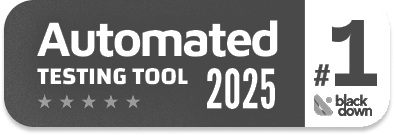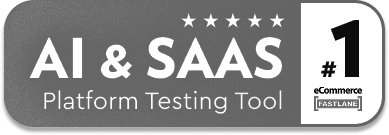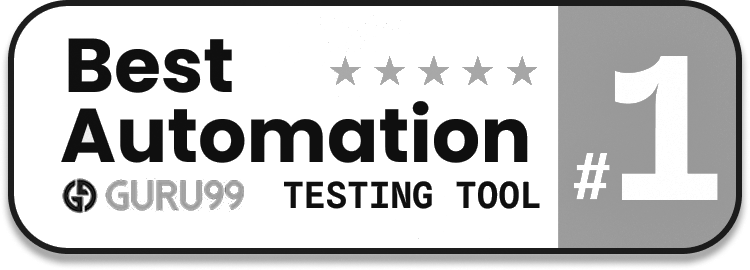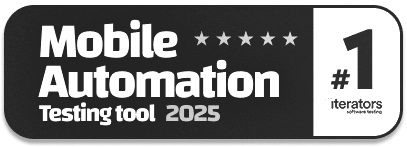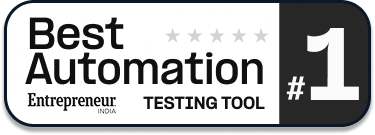ERP Mark 7 Testing
|
|
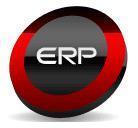
Website: https://www.aqxolt.com/cloud-erp/
The ERP Mark 7 is a versatile ERP suite designed to cater to the needs of expanding businesses. It streamlines every aspect of an organization, promoting rapid growth and success for any company while enabling effective, real-time management.
The system integrates with Paypal and Authorized.Net payment gateways and works seamlessly with the UPS Ready Program for shipping. Features include barcode scanning, label printing, picking, packing, shipping, and receiving. View real-time insights into customers, employees, suppliers, and partners while benefiting from Salesforce.com’s native security features to protect your data.
ERP Mark 7 delivers a comprehensive application system that allows companies to access integrated, real-time information about their core processes across their businesses. Effortlessly consolidate data while maintaining control and integrity over your suite of core applications. The ERP system streamlines essential business processes such as:
– Sales Order Processing
– Order Fulfillment
– Supply & Shipping
– Inventory
– Product Catalog
– Warehouse
– Finance & Billing Management
– Contract & Asset Management
– RFP
– Commission Processing
– Loyalty Programs
– HR
– Payroll
– Employee Performance
– Expenses & Timesheets
– Program & Project Management
With a unified architectural design at its core, ERP Mark 7 offers in-depth, cross-functional insights throughout the organization. Regardless of a business’s size and nature, transferring data and accessing information from multiple applications and platforms is expensive, error-prone, and resource-intensive. ERP Mark 7 addresses these issues by providing a 360-degree view of the business at any time and from anywhere, enabling companies to operate as a single enterprise.
For the implementation of ERP Mark 7, you will encounter several complex alterations that adjust the system's default behavior to better suit your processes. Therefore, when rolling out and updating this implementation, it's essential to ensure that any previously made modifications still function as expected.
Typically, the process begins with manual validation, whereby certain assigned individuals scrutinize existing functionality to ensure it operates correctly.
However, as the validation volume increases, you may find that the process becomes time-consuming, impeding progress and efficiency. Moreover, the human element introduces the risk of errors and the potential for significant issues to be overlooked.
This is where the need for an automated system to replace manual validation activities becomes apparent. Automation can significantly reduce the time and resources spent on validation, enhancing its accuracy and efficiency. Nonetheless, this process presents its own challenges:
- First, there's the issue of constant updates and test maintenance. ERP Mark 7 is regularly updated with new versions, which could cause your test automation to fail due to subtle changes introduced in the new release. This could render a large portion of your tests obsolete, thus undermining the very purpose of test automation.
- Second, there's the requirement to hire engineers capable of building automation. These highly-skilled professionals can be challenging to find and represent a substantial investment for your organization.
Fortunately, there's a solution: testRigor. testRigor is a revolutionary human emulator that understands English and conducts tests from the perspective of an end-user. This innovative approach to automation allows your organization to simultaneously achieve multiple key objectives:
- Enable your existing employees to build test automation, regardless of their technical proficiency. As testRigor is an AI-driven, no-code solution, setting up the environment and building tests becomes a much more seamless and efficient process compared to traditional testing tools.
- Ensure your automation system is robust enough to withstand the release of new versions. Unlike other systems, testRigor does not rely on the detailed specifics of the implementation. This results in unparalleled stability, saving countless hours each week.
- Enhance visibility within the team, as anyone will be able to understand the tests and contribute if needed.
Thank you for your request. Please select date and time for a demo.


